Surveillance programs could jeopardize protestors’ pursuit of justice
The cascade of protests against racism and police brutality in response to the killings of Ahmaud Arbery, Breonna Taylor, and George Floyd sent a shockwave through the consciousness of America. The grief, love, and solidarity on display seems to be on a larger scale than ever before. When our brothers and sisters marched in Ferguson in 2014, they lacked the groundswell of support across the country that we’re witnessing now. Even still, we have a long way to go until African Americans can truly enjoy, “equal justice under law,” a promise etched in stone on the Supreme Court building but not yet fulfilled in daily life.
The sheer volume of peaceful protestors and online advocates is a ray of hope through the dark valley of lingering racial injustice. As Black and Brown communities have known for a long time, and as many will learn in the wake of these protests, there are often forces working against the fight for justice that can’t be seen. A recent report showed that the Drug Enforcement Administration was permitted to “conduct covert surveillance” on people attending marches. As protestors walked through Minneapolis, a drone controlled by U.S. Customs and Border Protection flew overhead. It even came to light that the Department of Homeland Security used “location data” to investigate activists in the Black Lives Matter movement back in 2016.
I could go on. This is not a trend. It’s a feature of a system that routinely uses any technology at its disposal to deter Americans, especially African Americans, from exercising their God-given rights. As long as these technologies exist, it’s almost inevitable that certain authorities will use them to surveil lawfully assembled protestors who challenge the system.
There is one such technology being implemented in Los Angeles that is entirely invisible, and incredibly granular. If left unchecked, it could become a citywide apparatus for tracking residents of this great city, and the next covert surveillance tool to monitor those fighting for justice. It’s called Mobility Data Specification (MDS), and it’s a new program developed by the Los Angeles Department of Transportation (LADOT).
Using MDS, mobility companies are required to provide LADOT with access to real-time rider location data in order to receive operating permits. That means a rider’s entire route, from start to finish, could be monitored by anyone with access to MDS. Although the program doesn’t collect names, it has been plainly demonstrated that a rider can still be personally identified using just a handful of these data points. Today, MDS is being tested on dockless bikes and scooters, and officials have said it will soon be expanded to all ride-hailing services.

